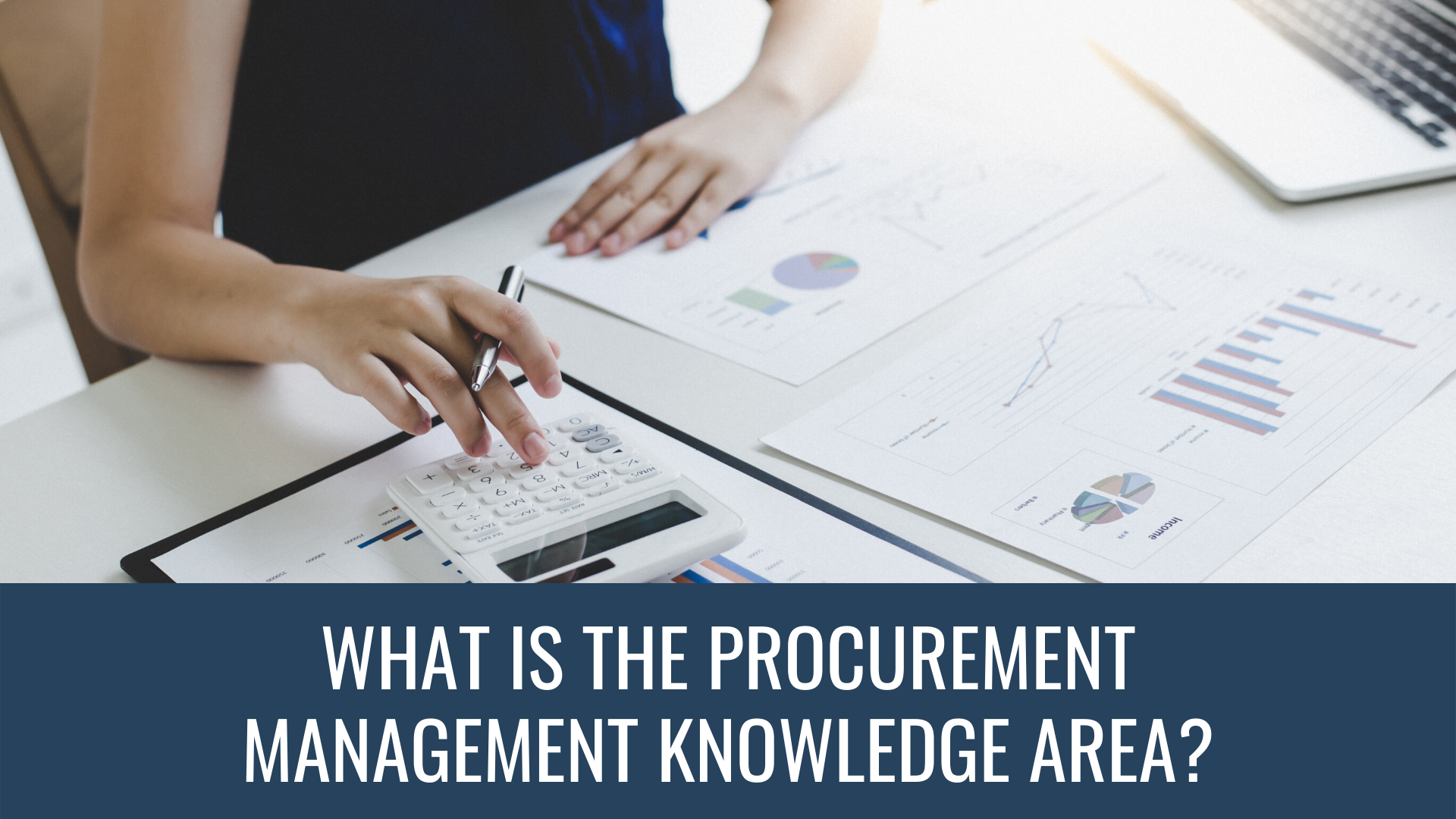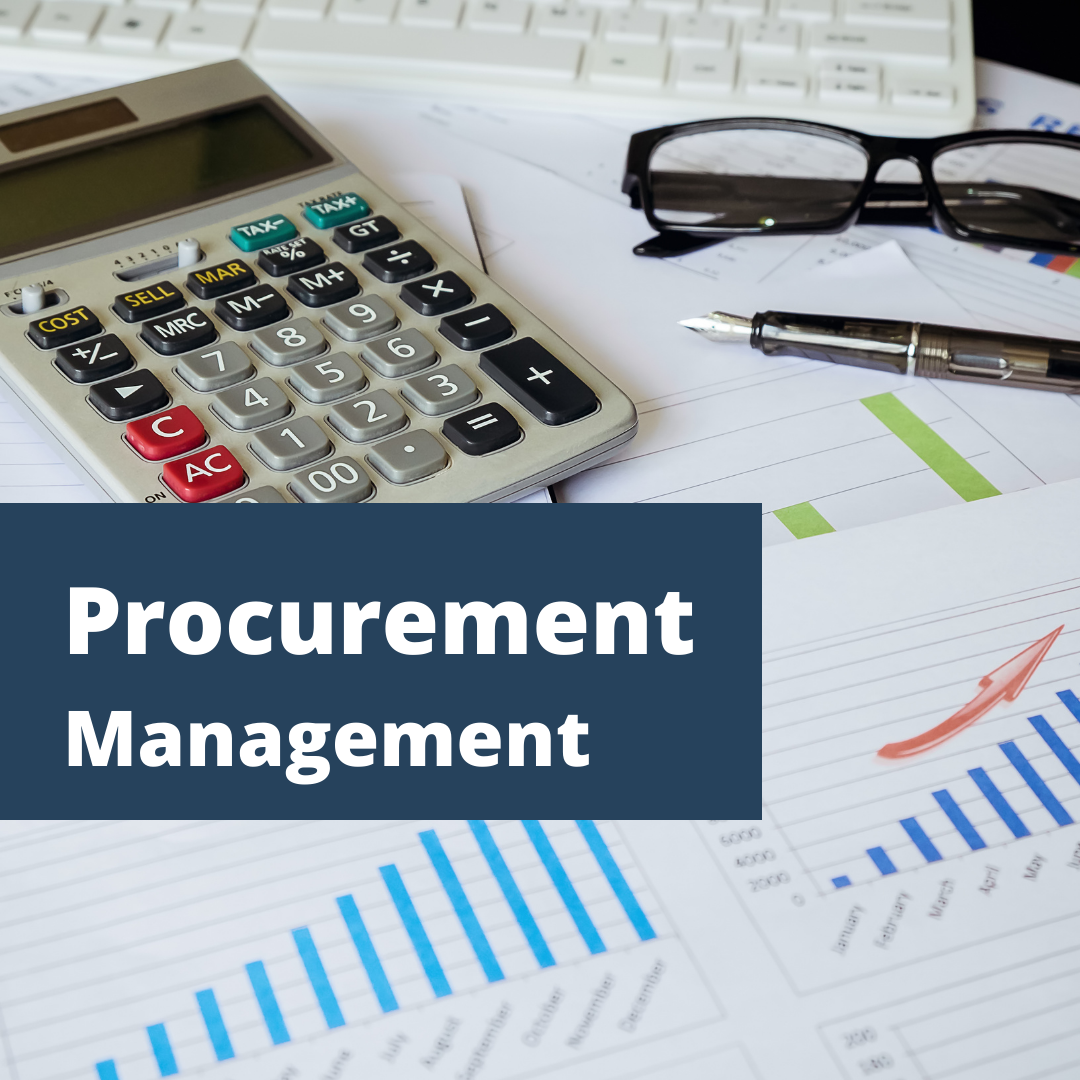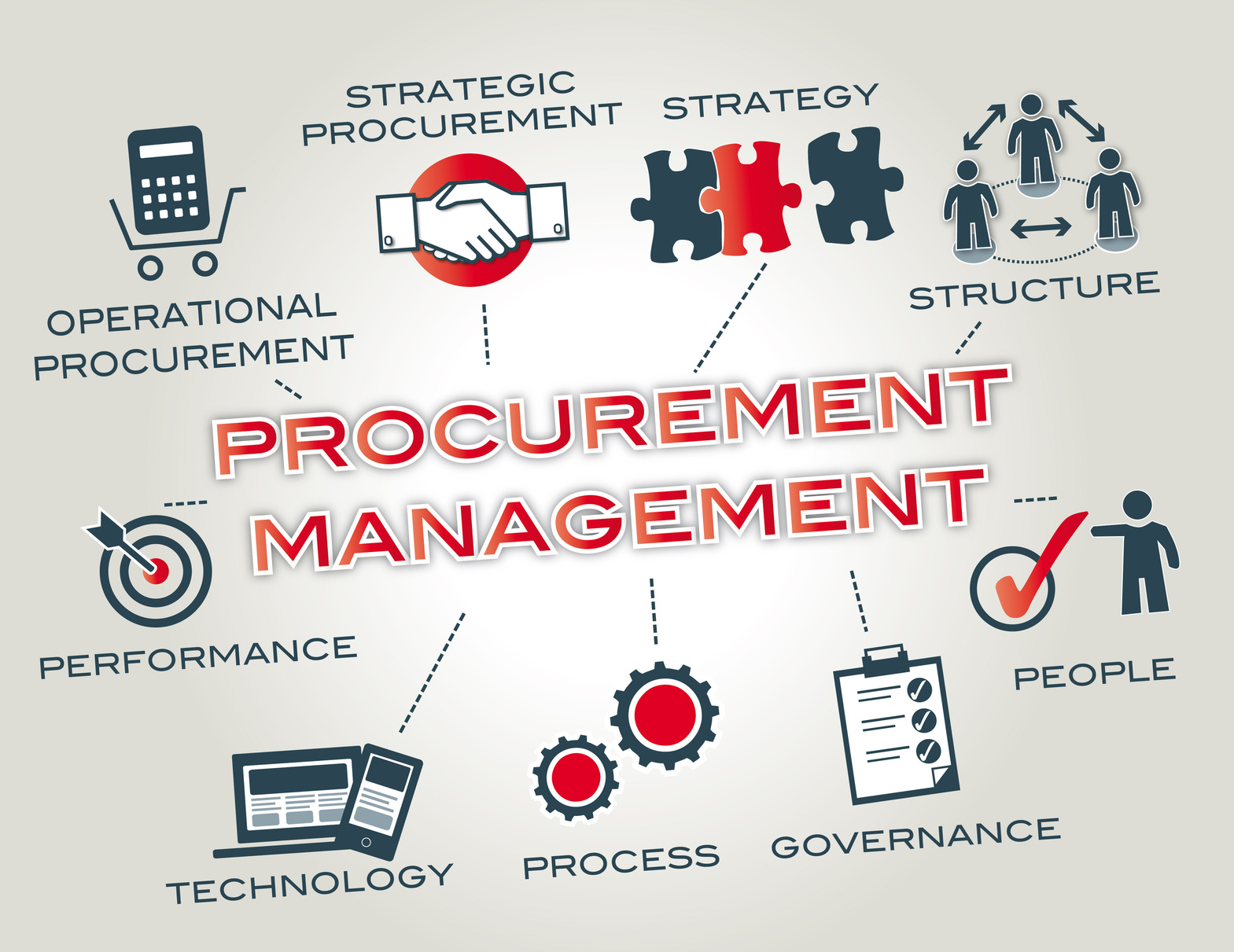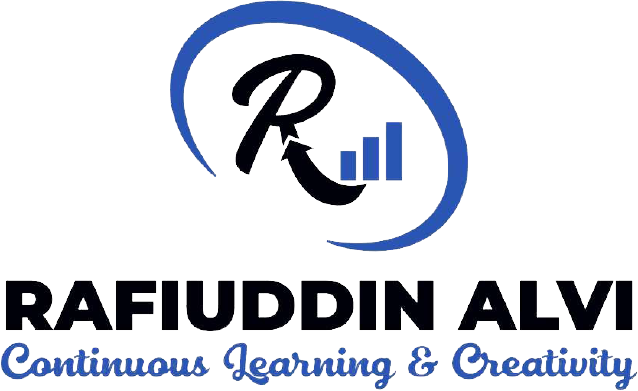
The Procurement Management Knowledge Area is all about how you go about purchasing the things you need for your project. You’ll develop a plan for buying or acquiring goods, materials, and services from outside sources to help you achieve your project goals—and you’ll use this procurement management plan along with other plans to execute, monitor, control, and closeout your project.
Purchasing can be a complex process and requires attention and care.
It’s important to have a good, strong procurement management plan to ensure you get everything you need when you need it.
In the PMBOK, “Procurement Management” is a knowledge area. It includes developing a procurement management plan and executing those plans during a project. The procurement management processes include:
- Plan Procurements
- Conduct Procurements
- Control Procurements
- Close Procurements

Process Involved in Procurement Management
- The process starts with creating a procurement plan. You’ll want to determine your goals, timeline, and budget. Does your project need to be finished by a certain date? What resources can you afford? These questions will help you determine what to buy and when you should buy it.
- Once you’ve created your procurement plan, you can start gathering information about potential vendors. Researching the market will help you choose the best vendor for your needs. You may consider price, location, reputation, and other factors. Remember that the lowest price isn’t always the best for your organization. High quality is important too!
- When you’ve chosen a vendor, it’s time to create a contract agreement. The contract should outline all of the expectations for the project and how they will be met within the set timeframe and budget.
- Next comes the purchasing phase, where purchases are made following contracts signed by both parties. At this stage, it’s important to monitor the relationship between buyer and seller so that any issues can be addressed.

What Is The Procurement Management Approach?
Well, to put it simply, the procurement management approach helps you manage your purchases and drive good value. The best way to manage your procurement management approach is to break it down into steps. Here are the four main steps:
- Identify and define the need—This step includes analyzing what you need and why you need it. It would be best to define how much of it you need and when you need it.
- Plan for purchase—In this step, you should plan when and where you will buy the product or service that fits your needs. You also want to decide how you will purchase it and what kind of budget you should have for the purchase.
- Procure goods or services—This is where you actually buy the goods or services that fit your needs. This can include researching suppliers, placing orders with suppliers, and approving invoices from suppliers once they deliver their services or products to you.
- Manage your contract—This is the final step of the procurement management approach, where you approve and pay invoices from suppliers who provided goods or services to you in step 3 of this process.
Here Are A Few Key Ways That Good Procurement Management Can Help Your Company:
- You will know exactly how much you spend on what, where, and with whom. Having all of this information means making decisions with confidence, not just educated guesses.
- You’ll be able to meet compliance requirements without worrying about it because all of your information will be in one place and easy to access and share.
- You can easily do a cost-benefit analysis by comparing the cost of your current vendor against other options—ideally before you even sign a contract!
Also read our last article about What Is The Quality Management Knowledge Area?
Procurement Management Benefits
-
Empowerment:
Procurement management empowers you to make the right decisions regarding your company’s work.
-
Improved cash flow:
Since you can determine how much money you need to spend on each project and when that spending needs to take place, procurement management gives you a better handle on your cash flow. You’ll know when things are tight and when things have room for increasing spending elsewhere.
-
Better negotiation skills:
Negotiation is a crucial skill in business. Procurement management helps you hone those skills and figure out what you should be negotiating for and when.
-
Less risk:
Because procurement management helps you keep better track of your financial situation, it also helps reduce the risk that comes with uncertainty. If a project is suddenly in danger of running over budget, procurement gives you the knowledge necessary to find solutions.
Conclusion
The knowledge area of project management covers the processes used to obtain goods and services from outside the project team. Procurement Management practices must be implemented in every organization. Without practices, organizations may fail to keep themselves competitive in the market.
Visit our website or contact us for more information on the Procurement Management Knowledge Area. For more updates follow us on Instagram, LinkedIn and Like our Facebook Page.

